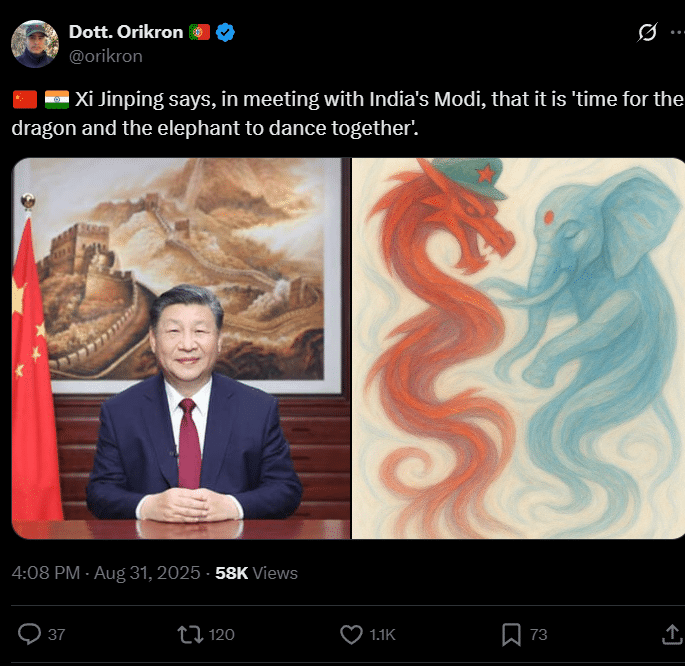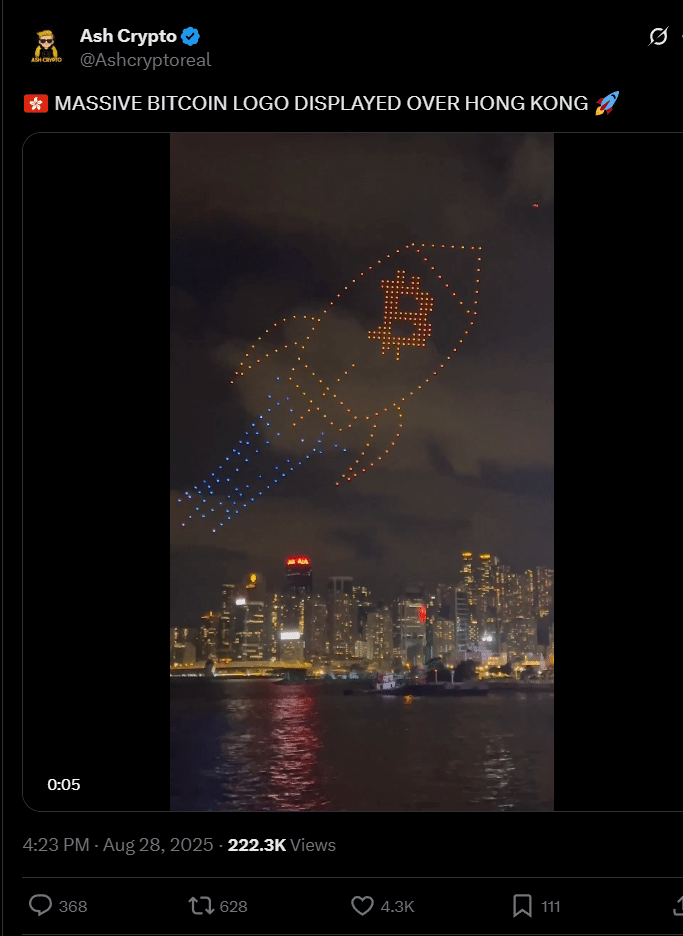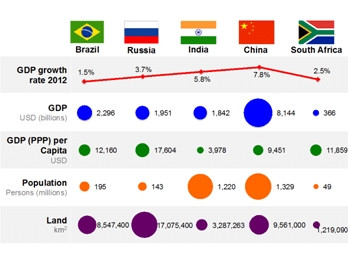Trump Sidelined? Modi-Putin-Xi BRICS Alliance Sets Sights on Crypto Market Domination
Forget Washington—the real crypto power play is happening halfway across the world.
The New Axis of Digital Finance
Modi, Putin, and Xi are quietly building a financial infrastructure that bypasses Western dominance. No more begging for SEC approvals or sweating over Fed rate decisions. BRICS nations are constructing their own digital ecosystem—and they're doing it with terrifying efficiency.
Gold-Backed Tokens and Dollar Dethroning
Imagine sovereign digital currencies backed by actual commodities instead of government promises. While Wall Street debates ETF flows, BRICS is building a gold-pegged settlement system that could make the dollar look like ancient history. They're not playing by our rules—they're writing new ones.
The Silent Crypto Exodus
Mining operations are already migrating to BRICS-friendly territories. Development talent follows the money—and the money's flowing east. American regulators keep staring at their navels while the real action moves elsewhere. Typical finance bros won't notice until their portfolio's bleeding out.
Wake up or get left behind—the world's resetting the board while we're still counting chips.
 (Source: X)
(Source: X)
The performance underscored what Moscow has openly called a revived “troika,” signaling that despite almost inevitable border disputes and competing interests across Eurasia, the three nations are willing to project solidarity to weaken the US.
Modi-Putin-Xi Jinping Alliance: What Does it Mean for BRICS? What Does It Mean For BTC USD Price?
Everything has to be viewed in the context of the confrontation with China. It’s a worrying development. Recently, the US has increased its belligerence against Venezuela, calling for the arrest of President Nicolás Maduro, who exports oil to China.
How the USA treats Venezuela can be viewed as a barometer for how we view China in that sense.
Venezuela is part of the BRICS economic alliance (Brazil, Russia, India, China, South Africa) and is a key economy in South America. The US empire wants to break BRICS as a group and Russia and China as individual countries, but it is failing badly.
For investors, the shifting BRICS landscape also points toward new market opportunities.
The US has failed so far to take down Russia via Ukraine, failed to take down Iran, wants to pivot to China, but cannot get out of Ukraine – yet. So, why not start another action against Venezuela?
All that said, even combined BRICS nations are still behind American hegemony.
BRICS nations have also lagged in adoptingBTC ▲0.09%, slower than many analysts expected. Still, accumulation is happening through indirect channels like Hong Kong.
Crypto shops now operate inside shopping malls. ATMs line busy streets.

Legislation introduced last month in Hong Kong allows licensed firms to issue stablecoins, a step toward capturing part of the $3.8Tn digital asset market. With crypto banned in mainland China, the city is positioned as a testing ground.
Success could open the door to a yuan-backed token offshore, pushing wider adoption across the region.
Is WW3 Close? Putin Links Ukraine Peace to NATO Rollback
Putin also used the stage to tie Ukraine’s war directly to NATO expansion, repeating that a “fair balance in the security sphere” must be restored.
“In order for a Ukrainian settlement to be sustainable and long-term, the root causes of the crisis must be eliminated,” Putin said, citing NATO’s 2008 pledge to admit Ukraine and Georgia.
He added that “understandings” with U.S. President Donald TRUMP in Alaska “opened a way to peace,” and praised India and China for their proposals.

China and India remain Russia’s largest crude buyers, helping sustain Moscow’s war economy despite Western sanctions. According to IMF data, BRICS nations now account for over 40% of global GDP (PPP terms), which is projected to rise in 2025, compared to just 28% for the G7.
WWW3 has started. It’s not a hot war; it’s an economic one.
Why the Xi-Modi-Putin Alliance at the BRICS Summit Matters for Global Markets
The tableau of Modi, Xi, and Putin smiling together was intended for more than local audiences. With Trump’s tariffs hitting India and NATO still central to Europe’s security agenda, the SCO summit offered a visual counter-narrative against US hegemony.
Tianjin showcased how political theater can reframe global perceptions, and how power is shifting as US trade and security policies create new openings for rivals.
Key Takeaways
- The imagery from Tianjin was clear: China, Russia, and India, led by Modi-Putin-Xi Jinping, are a counterweight to US hegemony.
- Even Norway doesn’t want to deal with Trump. Norway! A literal neutral haven.


